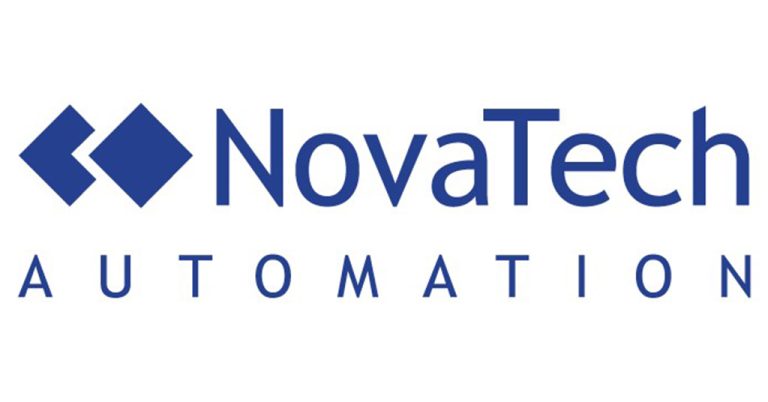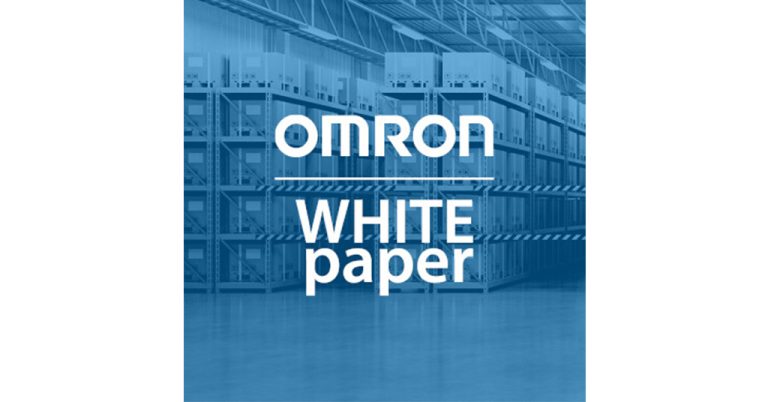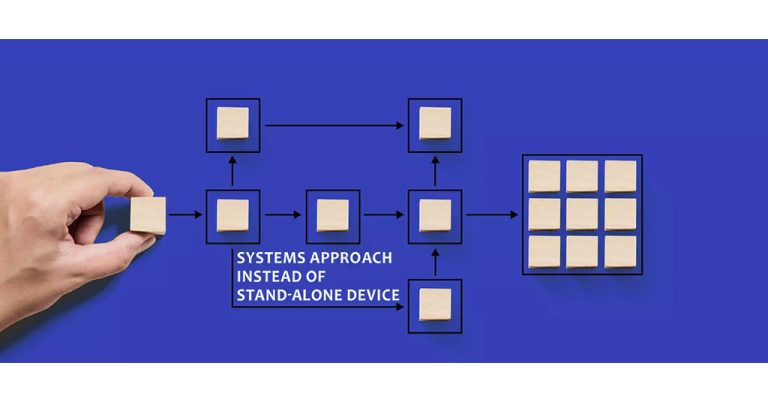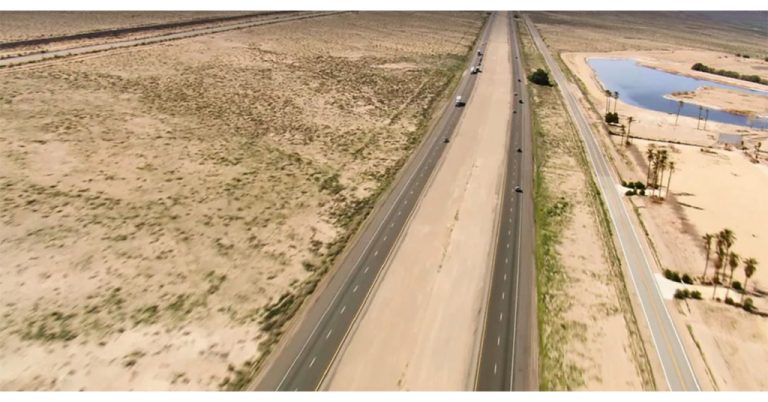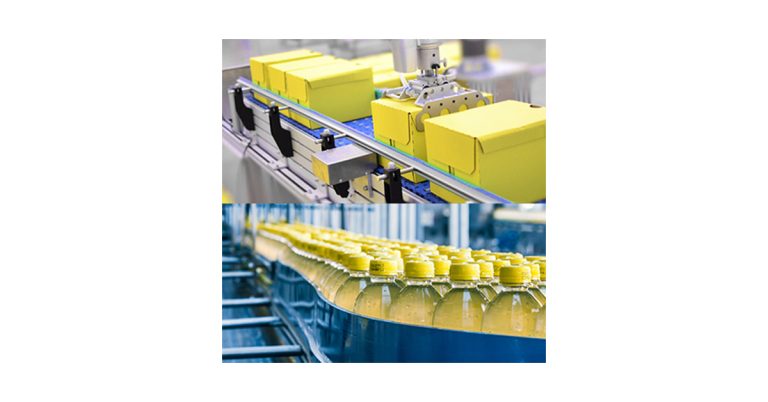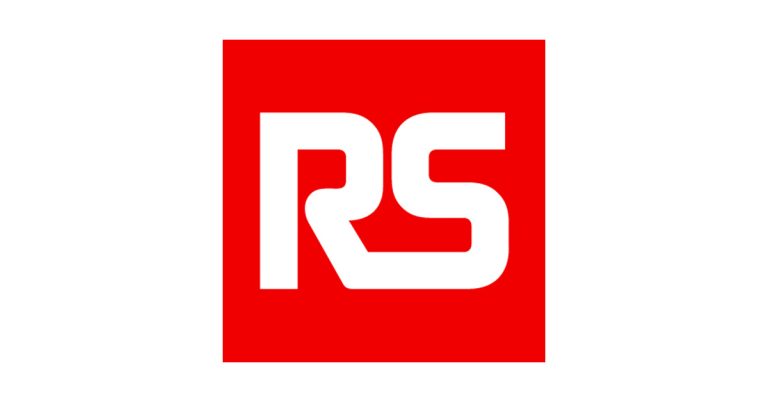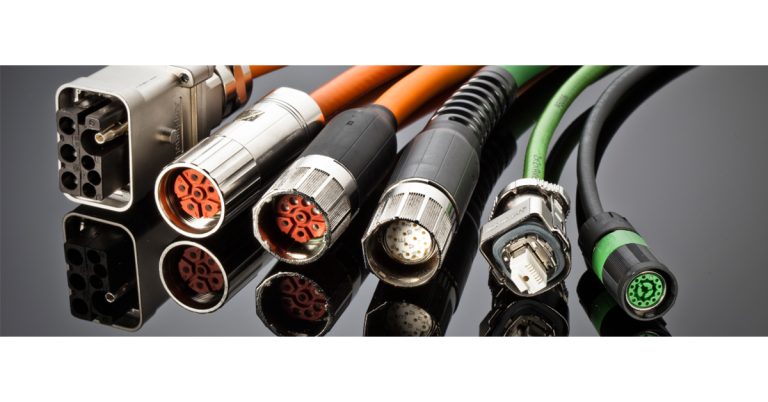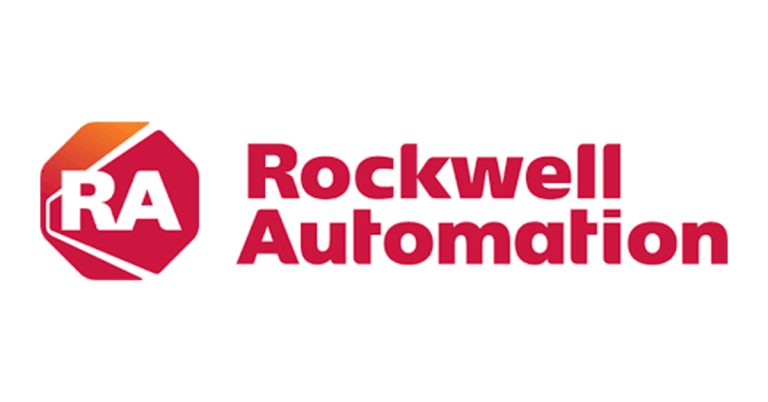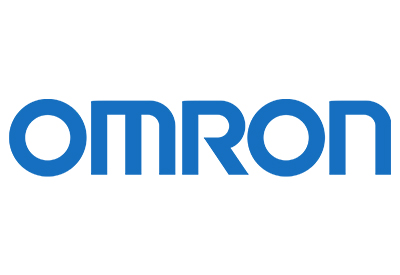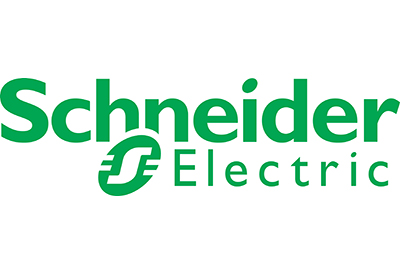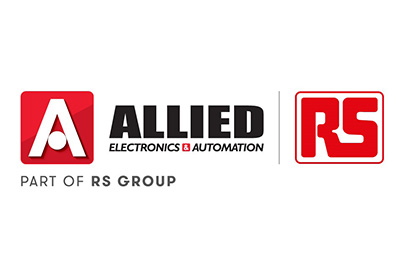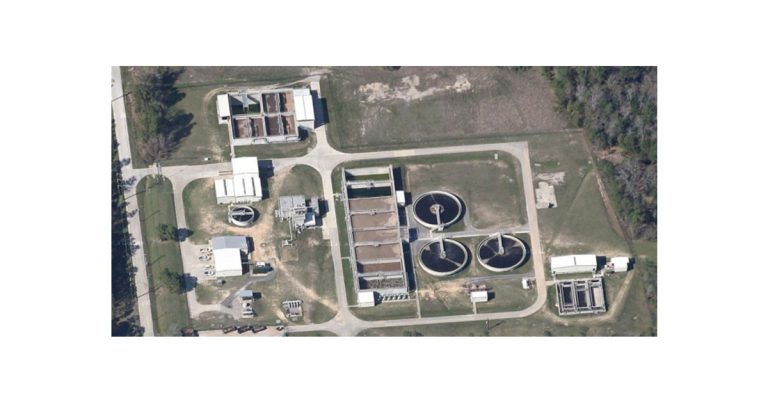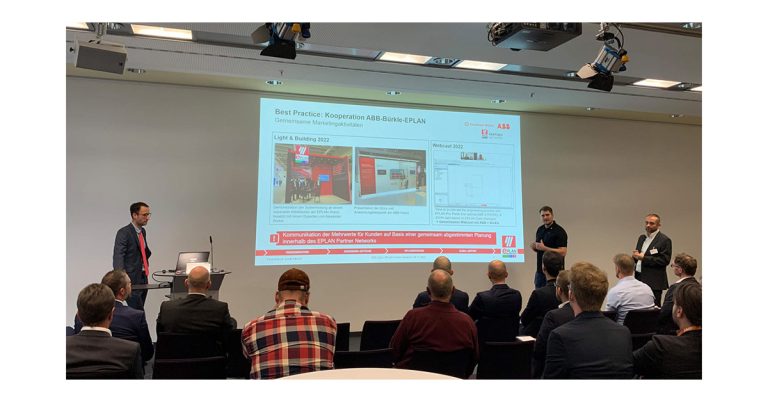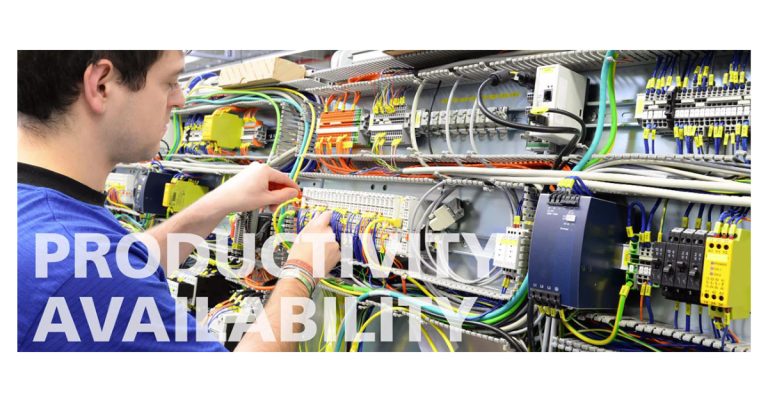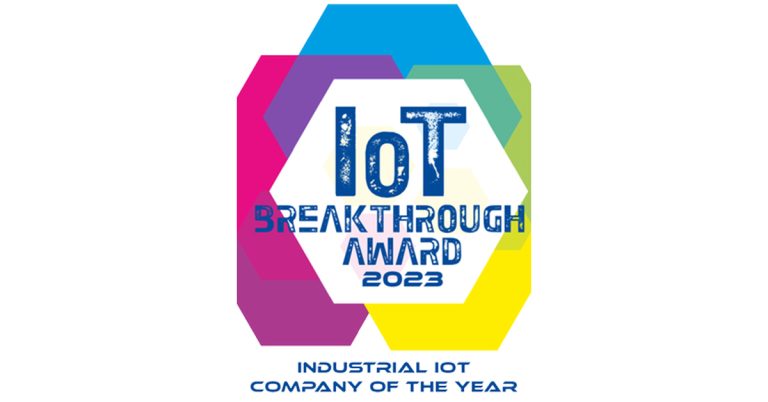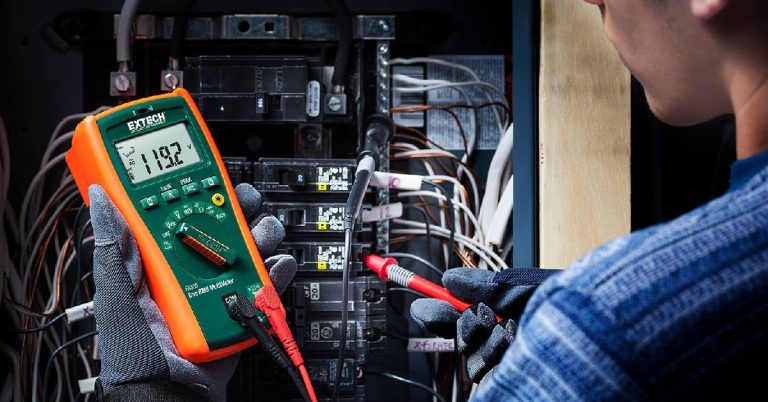Achieving Power System Balance
For the power generation industry, maintaining power system balance as closely as possible to the ideal power factor (PF) of 1.000 using correction capacitors and other technology is critical. Power factor is a measure of how effectively electricity is used, with an equal 1.000 PF benefiting both the customer and utility, and a low or high PF indicating poor electrical power utilization. A low power factor can overload generation units making them work harder for the same amount of power.

